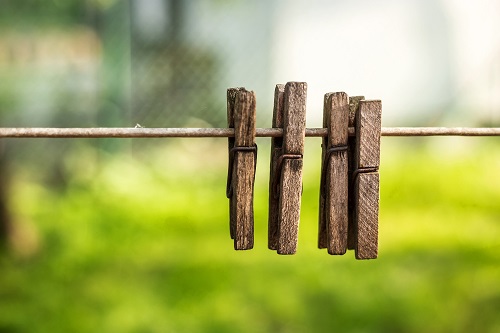Last month I represented CPM at the Crop Production in Southern Britain conference, held in Peterborough. Being of ‘a certain age’, many of the researchers I revere the most, whose work has shaped crop production over decades, were there. Peter Lutman, Jim Orson, Stephen Moss and one of my particular heroes Mike May, to name a few – it was a veritable who’s who of weed biologists.
What’s more, they all have a spring in their step which belies the passage of time and it must say a lot for doing something that’s more than a job – it’s a passion. They’ve mostly ‘retired’ but, in reality, have anything but retired. It’s just not in their vocabulary.
So feeling a little awe-struck, I gathered notes on the proceedings which I’ll be sharing with you in a future issue. On day two, Jim Orson stood in to present a paper for an indisposed researcher and in the course of his very able delivery, uttered three words that almost made the boiled sweet I was sucking fly across the room as I gasped in shock. Those immortal words were ‘soil my undies’, something I never expected to hear from the lips of one of my idols.
To be honest it’s a phrase that has been causing the CPM team both concern and amusement in equal amounts. They’re three words that, in spite of heading towards the age where maturity should be assured, still manage to tickle – especially when uttered by such an esteemed biologist. Whether we should be hanging our heads in shame at CPM for having missed the true meaning of soil my undies, I’m not sure, but what I do know is that Jim solved something that had been bemusing us all and it’s a relief to know that no one need be embarrassed if it happens to them.

There may be some puzzled wives as undies mysteriously disappear off the washing line this spring.
For those of you who are still ignorant of soil my undies, it’s actually an important biological experiment we could all be carrying out. Also known as the cotton test, soil my undies originated in Nebraska where growers did the practical thing, dropped their draws and buried them (being quality cotton garments) for a period of months.
After allowing this passage of time, they’d then dig them up again and if the pants are still wearable, it’s a sure sign that the soil surrounding that particular pair of pants isn’t well-endowed with biological life. On the other hand, if very little remains of your smalls then all’s good and you can don a clean pair confident that all’s well in your fields.
Apparently spring is the ideal time for burying small cotton garments so at around harvest time, some reports of soil health from around the country would be greatly appreciated. The test is most useful to compare different fields on the farm so more than one pair of undies is required. Any volunteers for a follow-up story in CPM, well you know how to reach us…
Soil health has truly risen to the top of many growers’ priorities and rightly so. The chemistry of soil is just part of the equation, with soil biology possibly of even higher importance and certainly much more difficult to change in a jiffy.
We all know how important earthworms are to the soil and hunting for the signs of earthworm activity is becoming a popular past-time for many progressive growers and zero-till enthusiasts. But the smallest of the smalls (no pun intended), the tiny soil microbes, also have a massive influence on the medium we grow our crops in.
This simple test isn’t going to break the piggy bank and although not definitive, it may just be worth doing to get some measure of whether all is well down below. As an aside, I think the undies need to be clean when they go into the ground in order not to skew the results.
For a full demonstration of the technique YouTube is an excellent reference, with step-by-step visual guides to the process. That’s my last word on soil my undies except that if anyone in the interests of science thinks this is a good idea, then please do let us know the results.




